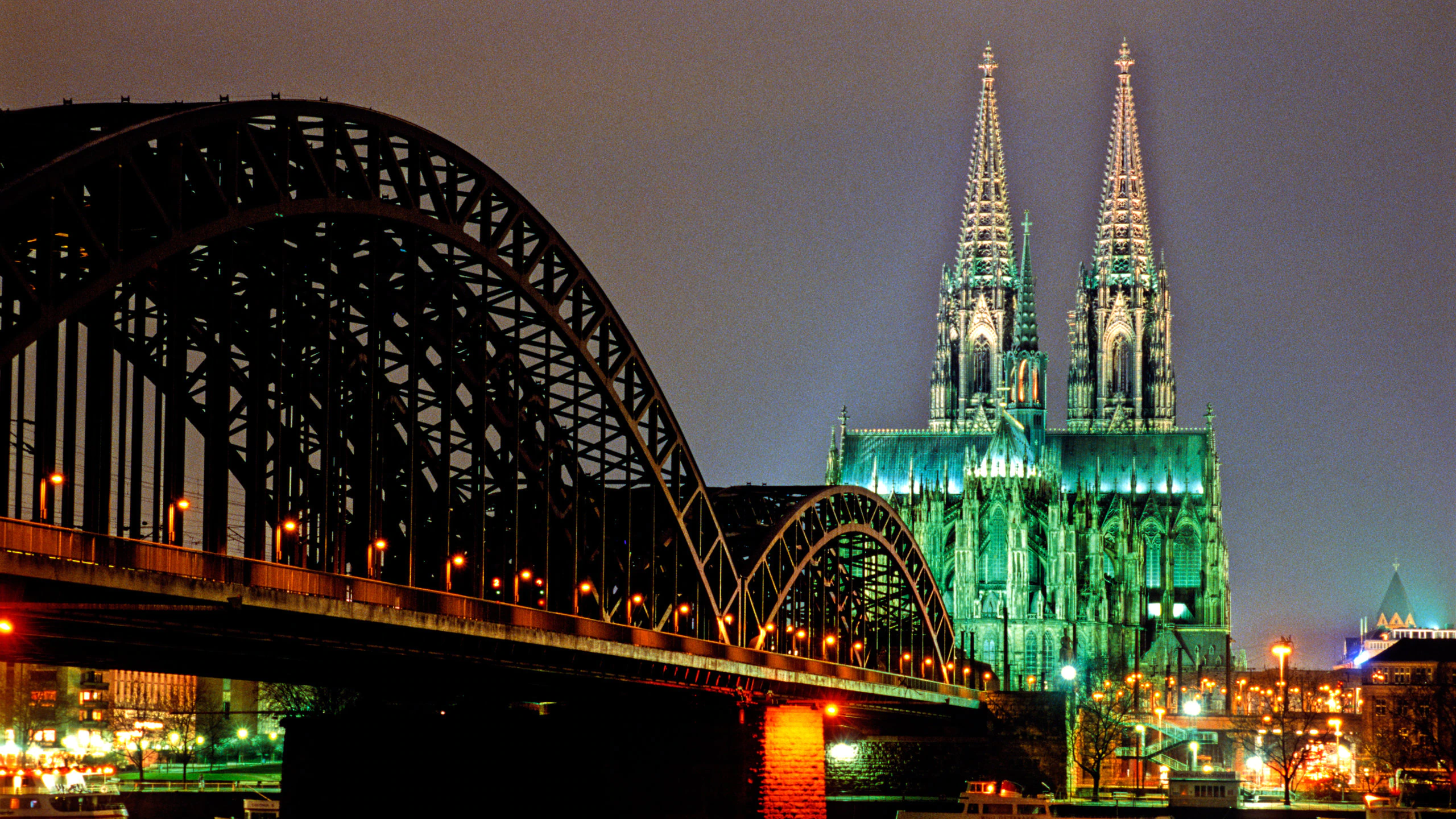
Gelsenkirchen, Germany
Friendship aggreement signed:01.01.1969.
Gelsenkirchen is a city in the German federal state of North Rhine-Westphalia. It is located in the northern part of the Ruhr area. The total population is approximately 274,926, according to data from December 31, 2002. The first documented records mentioning Gelsenkirchen date back to the year 1150. It was referred to as a small village in the 19th century when the entire region was affected by the Industrial Revolution. In 1840, when coal mining began in a nearby mine, 6,000 inhabitants lived in Gelsenkirchen. By 1900, the population had increased to 138,000. In the early 20th century, Gelsenkirchen was the most significant industrial city for coal mining in Europe and was called the ‘City of a Thousand Fires’ (Stadt der 1000 Feuer) due to the smoke that darkened the city. In 1928, Gelsenkirchen merged with neighboring cities – Buer and Horst. The city was then named Gelsenkirchen-Buer until 1930 when it reverted to its original name, Gelsenkirchen. During the Nazi era, Gelsenkirchen again became a center for coal production and oil refineries, and as a result, it was often bombed by the Allies during World War II. Today, there are no more coal mines in Gelsenkirchen. It is a city that constantly strives to change its appearance. The city experienced decades of the highest unemployment rates in Germany. Today, it is home to the largest solar power plant. In Gelsenkirchen-Scholven, there is a coal-fired power plant with the tallest chimney in Germany (measuring 302 meters). Gelsenkirchen is also home to the Bundesliga football club Schalke 04. Schalke’s stadium, Veltins-Arena, is characterized as the most innovative stadium built in recent years. Several matches of the 2006 FIFA World Cup were played there. A friendship agreement between Zenica and Gelsenkirchen was signed in 1969.
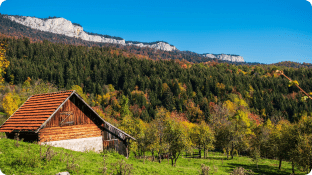
Hunedoara, Romania
Friendship aggreement signed:28.08.1974.
The Hunedoara region is located in western Romania in the historical province of Transylvania. The capital of the Hunedoara region is the city of Deva. The region of Hunedoara has a total area of 7,063 km². The region is divided into seven municipalities, seven cities, and 55 communes. The terrain is characterized by mountains divided by the valley of the Mureş River, which runs through the region from east to west. The Apuseni Mountains are located on the northern side, and the Carpathian Mountains on the southern side. Metals and coal have been exploited from the mountains since ancient times. Today, there is a large industrial complex in Hunedoara owned by Mittal Steel. One of the largest power plants is located in Mintia. A friendship agreement between Zenica and Hunedoara was signed in 1974.
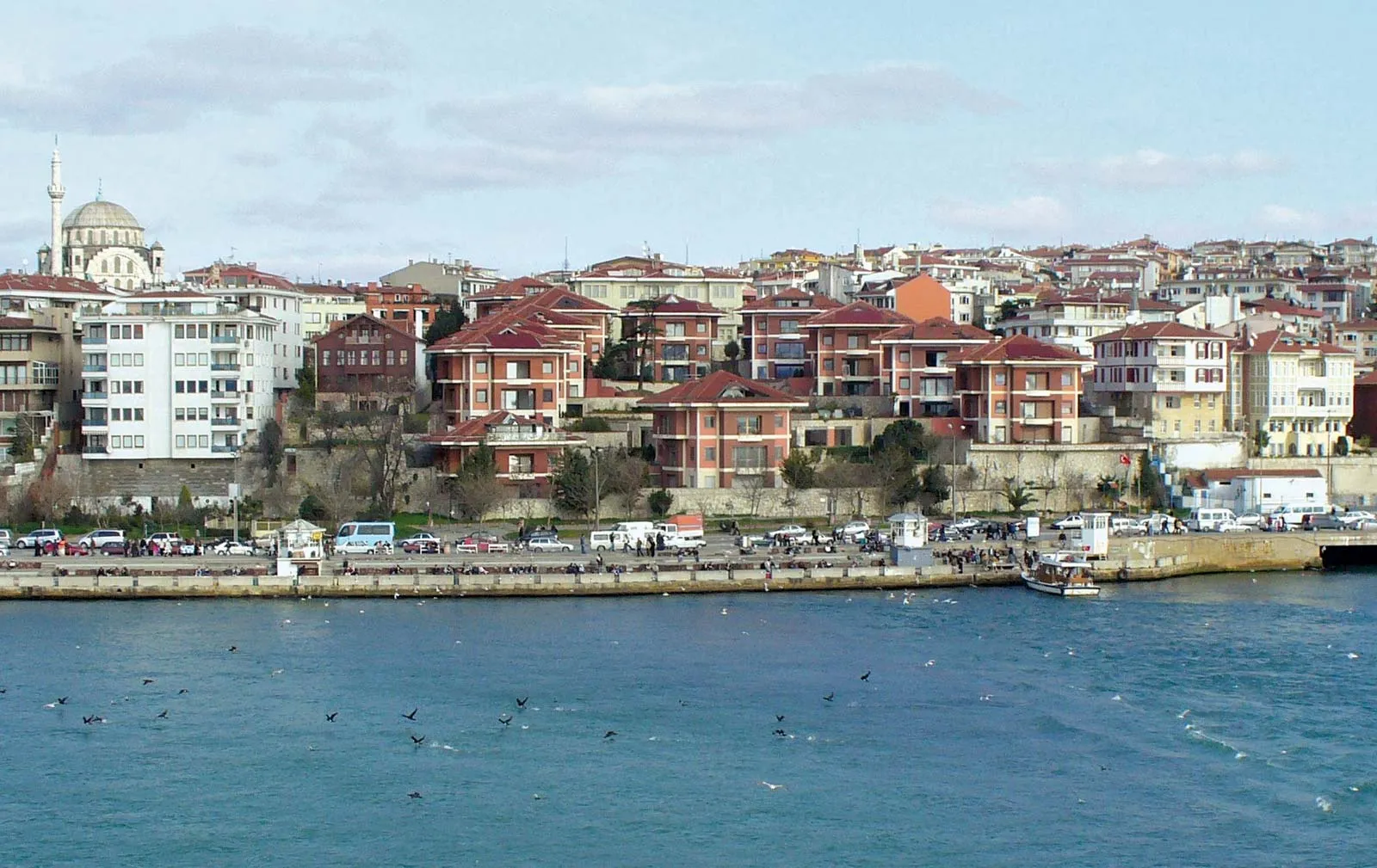
Uskudar , Istanbul, Turkey
Friendship aggreement signed:01.01.1995.
Üsküdar is a large and densely populated district of Istanbul, occupying an area of about 36 km² and housing approximately 530,000 residents. It is located on the Anatolian side of the Bosphorus. A friendship agreement between Zenica and Üsküdar was signed in 1995. You can watch a video presentation of Üsküdar here
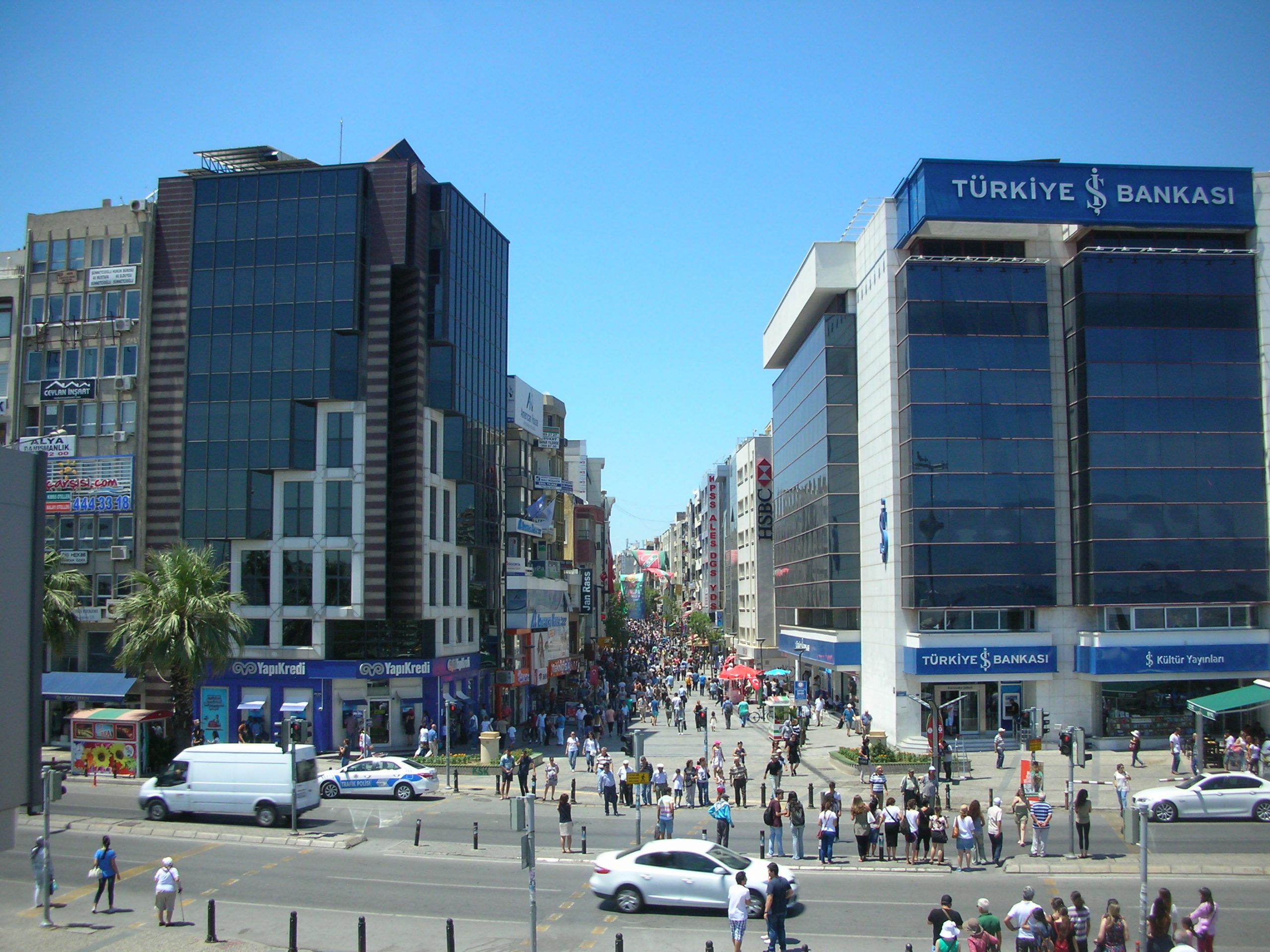
Karsijaka , Izmir, Turkey
Friendship aggreement signed:08.02.1995.
Karşıyaka is the second-largest district of the Turkish city of Izmir. It is located in the heart of Izmir, and the investment in education in this district is the highest in all of Turkey. A friendship agreement between Zenica and Karşıyaka was signed in 1995. Karşıyaka is also home to the Honorary Consulate of Bosnia and Herzegovina in Turkey, with Mr. Kemal A. Baysak serving as the Honorary Consul. Mr. Baysak was a signatory to the friendship agreement with Zenica, as in 1995, he held the position of Mayor of Karşıyaka Municipality.
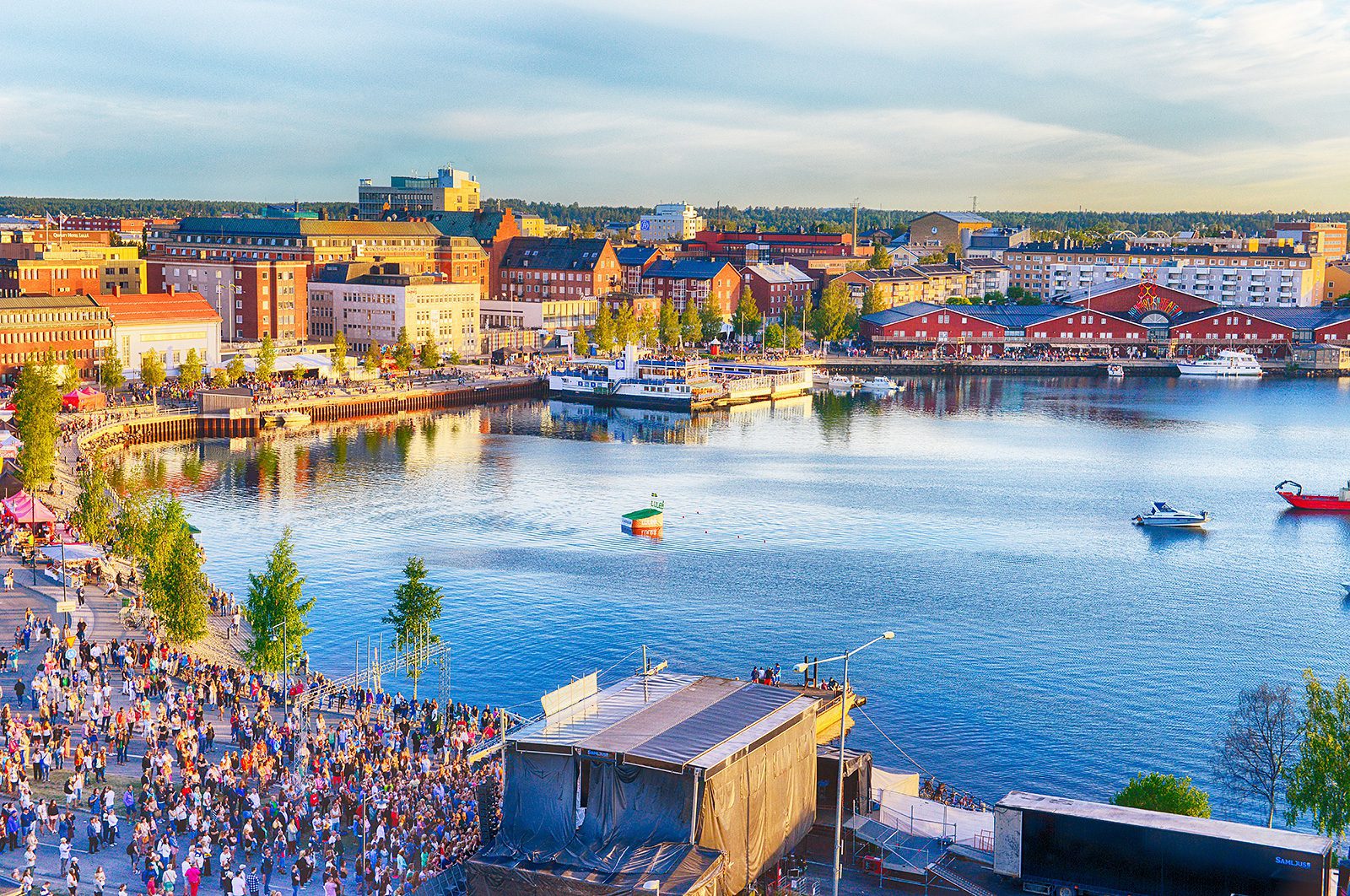
Lulea , Sweden
Friendship aggreement signed:01.10.1997.
Luleå is a city and the center of the Norrbotten province in northern Sweden. Luleå is situated on the Svartöstaden peninsula where the Lule River meets the Gulf of Bothnia, but a larger area of the city (2,100 km²) is located on polders reclaimed from the sea. As Luleå is connected to the island of Hertsön, it is currently the 7th most populous city in Sweden. The Luleå archipelago consists of more than 700 islands stretching to the border with Finland. Luleå is home to approximately 70,000 residents. The Port of Luleå, with over 7 million tons of cargo handled annually, is one of the busiest ports in Sweden. The majority of the cargo comprises iron ore from the nearby LKAB mines in Kiruna and Gällivare/Malmberget. Winter transportation is facilitated by a fleet of icebreakers based in Luleå. Luleå has a diverse economy, including technological research (first GSM call in 1989, VDSL battery standard, RDS and DAB radio systems, HDTV system, GPS for mobile phones in 2005, and more), education (Luleå University of Technology), heavy industry (SSAB steel mill, Ferruform, Gestamp), trade, and services. A friendship agreement between Zenica and Luleå was signed in 1997. You can watch a video presentation of Luleå here.
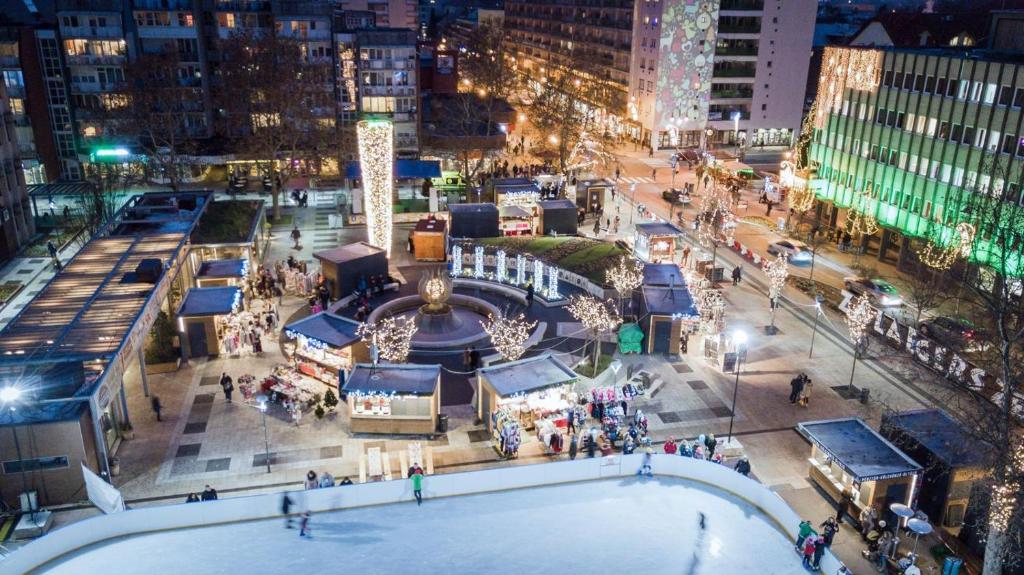
Zalaegerszeg , Hungary
Friendship aggreement signed:05.11.1999.
Zalaegerszeg is a city in the Zala region, of which it is also the center. The city is located in the western part of Hungary on the Zala River, from which it derived its name. It is close to Slovenia, Austria, and Croatia, and approximately 220 kilometers away from Budapest. The city covers an area of about 100 km² and has a population of around 62,000 residents. A friendship agreement between Zenica and Zalaegerszeg was signed in 1999.
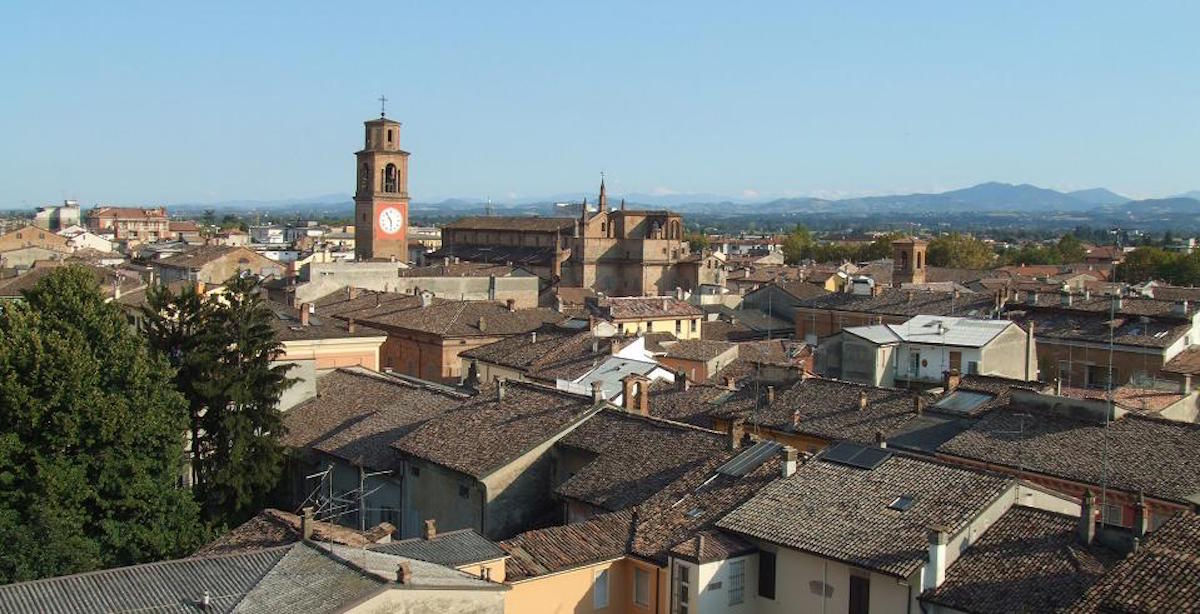
Fiorenzuola d’Arda , Italy
Friendship aggreement signed:02.04.2001.
The town with a population of about 15,000 residents, showing a consistent trend of population growth mainly driven by strong migration movements. It is located in the province of Piacenza in the northern, more developed part of Italy. Cooperation with Zenica began during the aggression when the humanitarian organization Fiorenzuola Oltre i Confini provided assistance to the local population, especially the residents of the Home for Orphaned Children. These activities are still ongoing, and plans are being made to expand cooperation in the fields of tourism and sports.
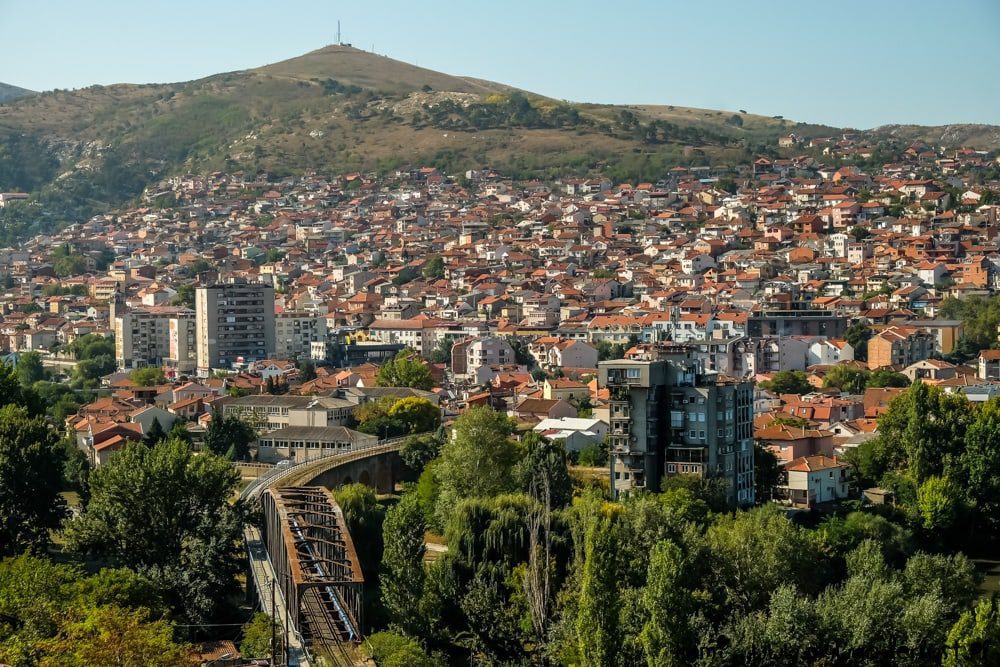
Veles , Macedonia
Friendship aggreement signed:09.11.2012.
Veles (43,716 inhabitants as per the 2002 census) is a city in the central part of the Republic of North Macedonia, situated on the banks of the Vardar River. Throughout history, the city has changed names frequently, from Vila Zora, through Ćupurli, to the present-day Veles. The current name was adopted in the 7th century with the Slavic migration to the Balkan Peninsula, derived from the Slavic word ‘veles,’ meaning ‘in the forest’ (due to the dense surrounding forests). During the period from 1945 to 1991, the city was named Titov Veles, after Josip Broz Tito. The ‘Titov’ attribute disappeared with the independence of the Republic of North Macedonia. Veles saw the opening of the first Macedonian language school, the first gymnasium, the first theater, the first library, the first museum, and the first music school in the Republic of North Macedonia. Among the preserved medieval monuments, the most renowned is the Monastery of St. Demetrius (14th century), and of significant architectural interest is the Church of St. Panteleimon (19th century). The major tourist attraction in the vicinity of Veles is the ancient city of Stobi. Additionally, sites like Breza and Pešti are noteworthy, rich in caves with archaeological remains from the Neolithic period and early Christian caves.
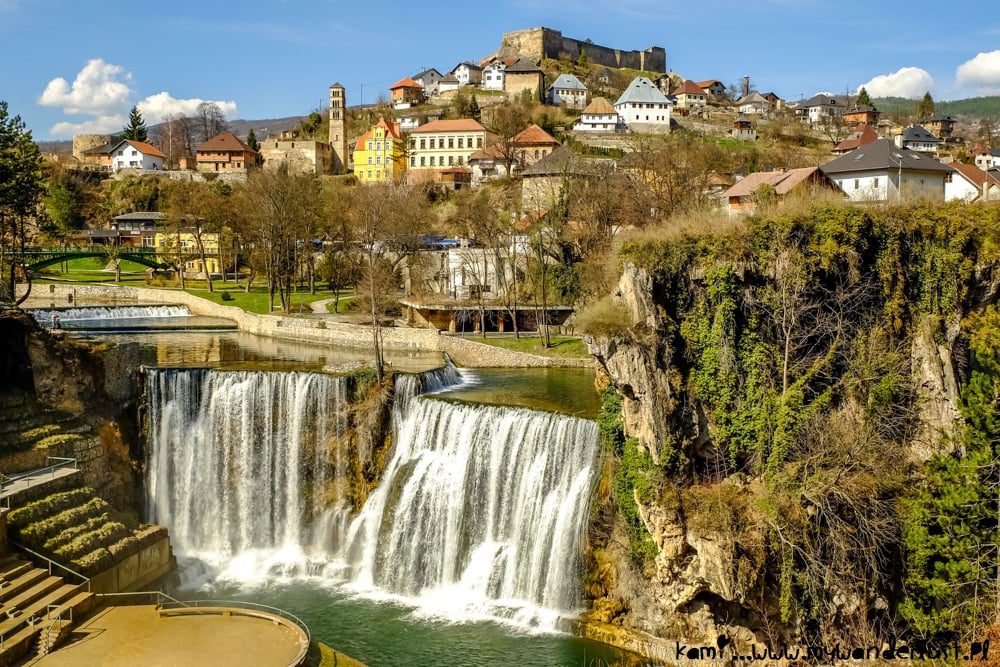
Jajce , BiH
Friendship aggreement signed:20.03.2013.
The municipality of Jajce is located in the western part of the Central Bosnia Canton/Central Bosnia Canton (SBK/KSB), in the central part of Bosnia and Herzegovina (BiH). The municipality covers an area of 363 km² and shares borders with the municipalities of Travnik, Dobretići, and Donji Vakuf, which are part of the Federation of Bosnia and Herzegovina (FBiH), i.e., SBK, and the municipalities of Jezero, Šipovo, and Mrkonjić Grad in Republika Srpska (RS). According to the 1991 census, the municipality had 45,007 residents. The natural riches, including the Pliva River with its lakes and waterfall, as well as the rich cultural and historical heritage (Old Town, catacombs, Omer-beg’s house, Church of St. Mary and Tower of St. Luke, Temple of Mitras, and more) totaling 25 national monuments, present a unique tourist offer in Jajce.

